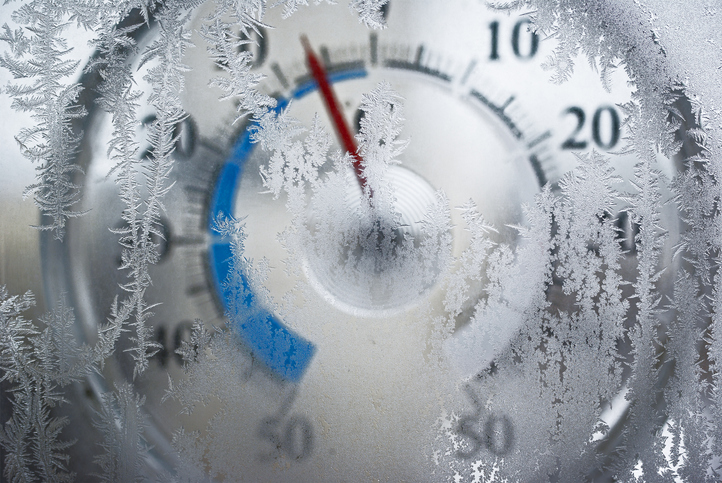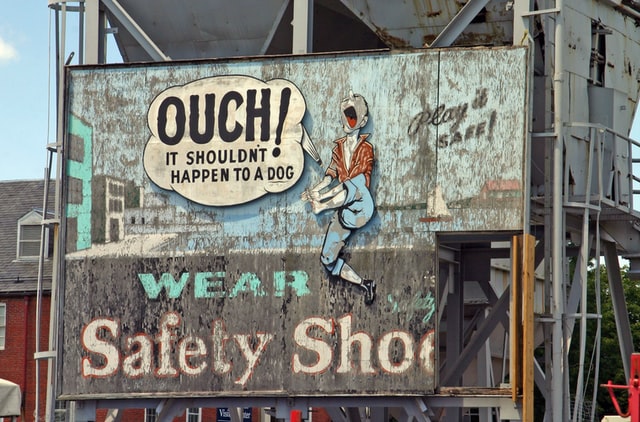
Wet and dry ice chilling are standard methods for cooling equipment that keeps consumable goods safely chilled. However, they come with cost, performance, safety, and usability drawbacks that compel companies to seek better alternatives.
Wet ice chiller drawbacks include:
- Extra handling
- Added labor for wastewater disposal
- Could cause additional maintenance issues
- Water purity testing costs
- Chemical handling costs (proper pH levels)
- Filtration costs (well/city water)
- Cross-contamination potential
- Potential of bacteria growth
- FDA requirements/certifications required
- Issue of producing too much or not enough
Dry ice chiller drawbacks include:
- Extra handling and labor
- High investment costs
- Additional maintenance issues
- Direct contact freezing burns reduce food quality
- Below -100 degrees requires more PPE
- Danger of asphyxiation if area not well ventilated
- FDA requirements/certifications required
- Issue of producing too much or not enough
Whether you are using wet or dry ice chilling, switching to an industrial-grade food processing chiller can help you:
- Save money
- Improve chiller performance
- Gain more precise temperature control
- Lengthen compressor lifespan
- Promote food and operator safety
- Enjoy hassle-free usage
Continue reading to learn more about these six compelling reasons to swap wet and dry ice chilling for an industrial-grade air- or water-cooled food processing chiller for your food processing needs.

Save money
How much are you spending on wet or dry ice each month for your food cooling equipment? If you’re like most companies, this expenditure could exceed tens of thousands of dollars, particularly if you use notoriously expensive dry ice. Ice is costly in other ways, too. For instance, wet ice requires water purity testing, chemical handling, and filtration fees, while both wet and dry require extra handling, labor, and maintenance that could bust your budget.
An industrial-grade food processing chiller lets you ditch these ongoing financial burdens because it doesn’t require expensive ice replenishment, fees, or excessive maintenance. It also reduces the amount of handling and labor required, helping you save or reinvest those funds back into your company. And with a payback period of less than a year, a food processing chiller delivers a measurable boost to your bottom line.
Improve chiller performance
It’s common for unwanted ice to form inside ice-cooling chillers, throwing the system’s circulation out of balance and downgrading its cooling performance. Both wet and dry ice can also trigger other maintenance issues that increase downtime. However, industrial food processing chillers eliminate the risk of freezing because they can reliably maintain narrow temperature changes. They also require lower maintenance when you follow routine preventative maintenance schedules.
Food-safe glycol chiller systems also have antifreeze properties that further keep in-system ice formation at bay. Check out our blog article on the advantages and everything else you need to know about glycol chillers for food processing applications.

Gain more precise temperature control
Wet and dry ice chilling cannot maintain narrow temperature ranges, reducing your control over the system’s performance. However, industrial food processing chillers have standard tight temperature control options built in, such as secondary heat exchangers and variable frequency drives (VFDs). If your food processing requires you to chill water to the brink of freezing, for instance, the precise controls in an industrial chiller let you control the temperature to +/- 1˚ to keep your processes flowing smoothly.
Lengthen compressor lifespan
Switching from wet or dry ice chilling to an industrial-grade food processing chiller gives you more capacity control for a longer compressor life. Most chillers have two levels of capacity: full-on and full-off. If your chiller can’t modulate the capacity between these two extremes, your system will start and stop frequently. This continual short cycling is how ice chilling shortens the chiller’s compressor life, making another compelling argument for choosing a longer-lasting industrial chiller instead.

Promote food & operator safety
Wet ice chillers have the potential for cross-contamination and bacterial growth, putting food safety at risk. Dry ice can also compromise food quality by increasing the possibility of direct-contact freezing burns. However, food isn’t the only safety risk with dry ice. It also comes with a danger of asphyxiation if the area is not well-ventilated, and environments below -100˚F require more personal protective equipment (PPE) during handling to protect them from harm. Industrial-grade food processing chillers eliminate these risks. They help keep food safe and delicious while reducing the need for extra PPE.
Enjoy hassle-free usage
Finally, both wet and dry ice chillers require compliance with FDA requirements and certifications, adding to the hassle of using these systems. They also make it challenging to achieve the ideal amount of ice, often producing too much or not enough. Industrial grade food processing chillers have an edge here, too. They don’t require you to comply with FDA requirements and certifications and produce just the right amount of process cooling for your food processing application.
Now that you know a few compelling reasons to switch from ice chilling to an industrial-grade food processing chiller, which system is best for you? Head to our blog to discover the factors to consider when making your choice and how choosing the right industrial chiller can save money and stop leaks.
If you’re considering ditching your wet or dry ice chiller, an air- or water-cooled industrial food processing chiller is a reliable and economical solution for keeping your consumable goods safe and delicious. As experts in designing custom systems to meet your operation’s unique chilling needs, we offer various capacities and configurations without the custom price tag. We’re your source for economical, high-performance, and long-lasting industrial food processing chillers with a proven 99.4% uptime rate and excellent after-the-sale support. Contact us to request a quote for a food processing chiller today.

